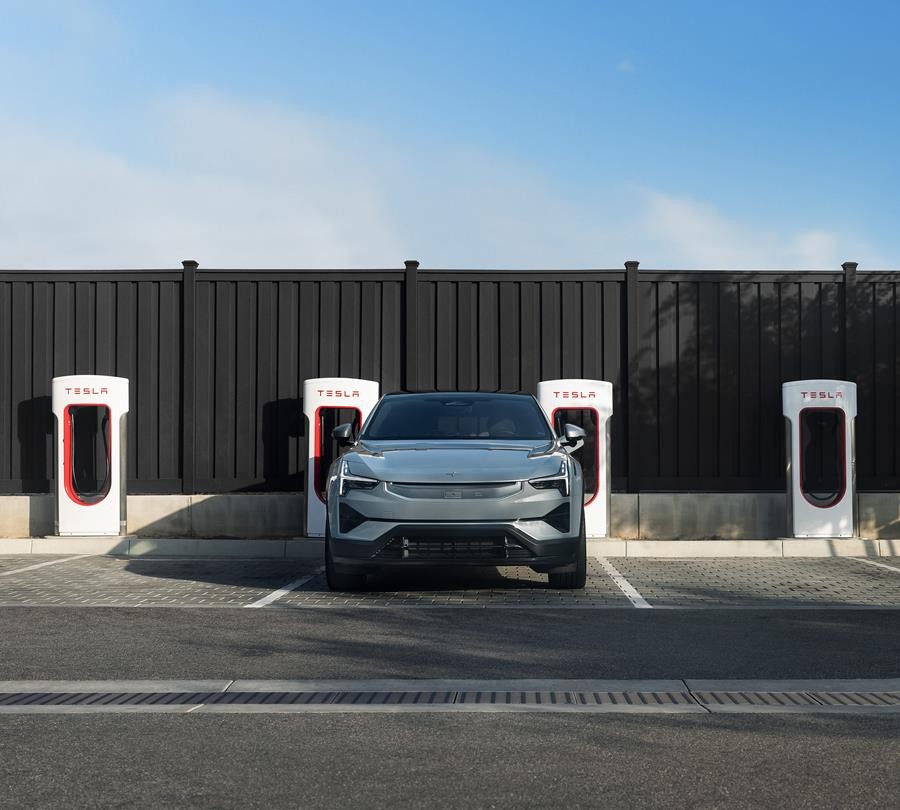
In a surprising turn of events, Swedish-American automaker Polestar has raised concerns about proposed US regulations that could inadvertently ban its vehicles from the American market. The company warns that the rules, aimed at restricting Chinese connected-car technology, are so broad that they would affect even US-manufactured vehicles.
The proposed regulations, set to take effect in stages from 2026 to 2030, would prohibit Chinese-made connected-car software and hardware from US roads. While intended to address national security concerns, Polestar argues that the rules' sweeping nature creates "crippling uncertainty" for businesses.
Polestar, which builds some of its electric vehicles in South Carolina, contends that the definition of "Chinese" technology is too vague. The company, though partly owned by Chinese interests, emphasizes its global nature:
- Headquarters in Sweden
- Listed on the NASDAQ stock exchange
- Seven out of ten board members from Europe or the USA
- Only 280 out of 2,800 employees based in China
The automaker suggests that the US Commerce Department should reconsider whether the proposed rules have gone too far, potentially harming companies with limited ties to China.
Polestar is not alone in facing challenges from these regulations. Ford and General Motors have been informed that imports of certain models manufactured in China, such as the Lincoln Nautilus and Buick Envision, would also be banned under the new rules.
This development comes amidst a series of protectionist measures from the US government, including:
- Revisions to clean vehicle tax credits, excluding EVs made in China or with Chinese battery components
- Pressure on Mexico to limit incentives for Chinese automakers
- A 100% tariff on Chinese-made EVs implemented in May
The automotive industry is closely watching these developments, as they could significantly impact the global supply chain and market dynamics for electric vehicles. As the debate continues, policymakers will need to balance national security concerns with the realities of an interconnected global automotive industry.